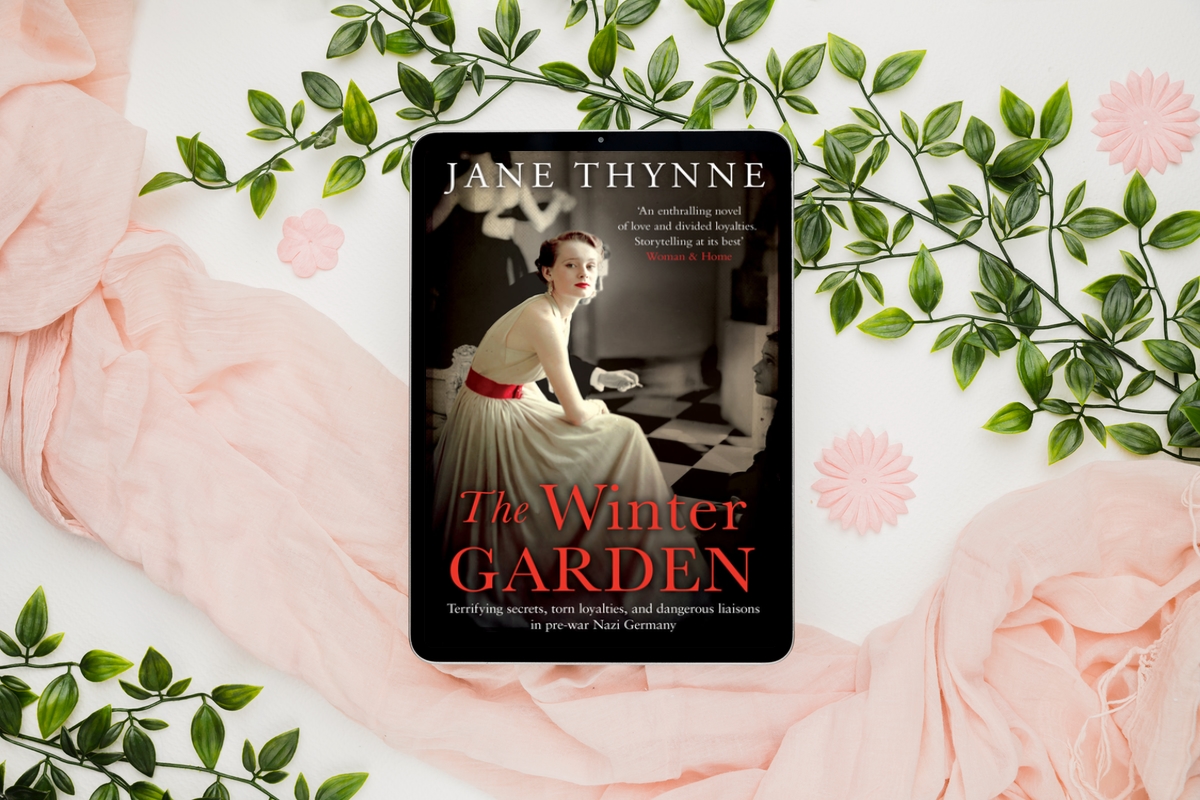Crimson & Bone by Marina Fiorato

Crimson & Bone is the latest novel by Marina Fiorato who has become a favourite of mine for her historical books set in Italy. This time we start in Victorian London and Fiorato’s descriptive talents bring the seedier side of the streets to life as well as the more luxurious locations but there is always a sense of foreboding overlying everything. The most obvious motif throughout is the camellias which Francis likes to have in his house as well as in his paintings, but something about them makes Annie feel sick to her stomach although she can’t explain why.
The initial chapters deal with Annie blossoming under Francis’s tutelage as he prepares her for society and there is the obvious connection to the Greek myth of Pygmalion as Francis moulds Annie into a lady. At this point, Francis seems to be the perfect gentleman but there are subtle touches which cause uneasiness, such as Francis’ constant need to be acknowledged for having pulled Annie out of the gutter and the sense Francis will always regard her as a fallen woman no matter how refined she becomes. I also liked the fact Annie was savvy enough to alter her behaviour to keep in Francis’ good books as she didn’t want to lose her new lifestyle.
As the setting moves to Venice and Florence we are in more familiar Fiorato territory and the beauty of both places shines through the narrative. While Annie is kept in seclusion, she learns how to speak Italian and continues to educate herself in the classics as Francis leaves her for periods of time. When Francis’ muse is sparked once more, he becomes obsessed with painting Annie as Mary Magdalene and he has to order his colours from the enigmatic Rainbow Man who continues to visit the villa when Francis is absent. Annie begins to grow closer to this man who tells her fascinating stories about the pigments used by artists and how they came into being but it is a tad obvious that Rainbow Man has been watching her for a while and there is more to him than meets the eye.
At this point, Annie’s doubts over Francis are becoming more pronounced and she makes a startling discovery which leads to the secrets finally being revealed. Fiorato wisely chooses to keep Annie cocooned in Francis’ little world so she is less aware of what’s being going on around her than she normally would be and makes her ignorance more credible. Each chapter is prefaced by diary entries from Annie’s friend, Mary Jane, who committed suicide on the same bridge from which Annie was about to jump, and they become more revealing as the story progresses.
There are a few historical inaccuracies which I’m not going to go into since other reviewers have discussed them a great length but they didn’t detract from my enjoyment of this novel in the least. I’ve been reading Fiorato since her first release and while I loved her historical settings in Italy, I always felt her characters got somewhat overwhelmed by the history and couldn’t really connect with them. Over the past few books, I’ve felt Fiorato has been balancing both better and her characters have really started coming to life.





